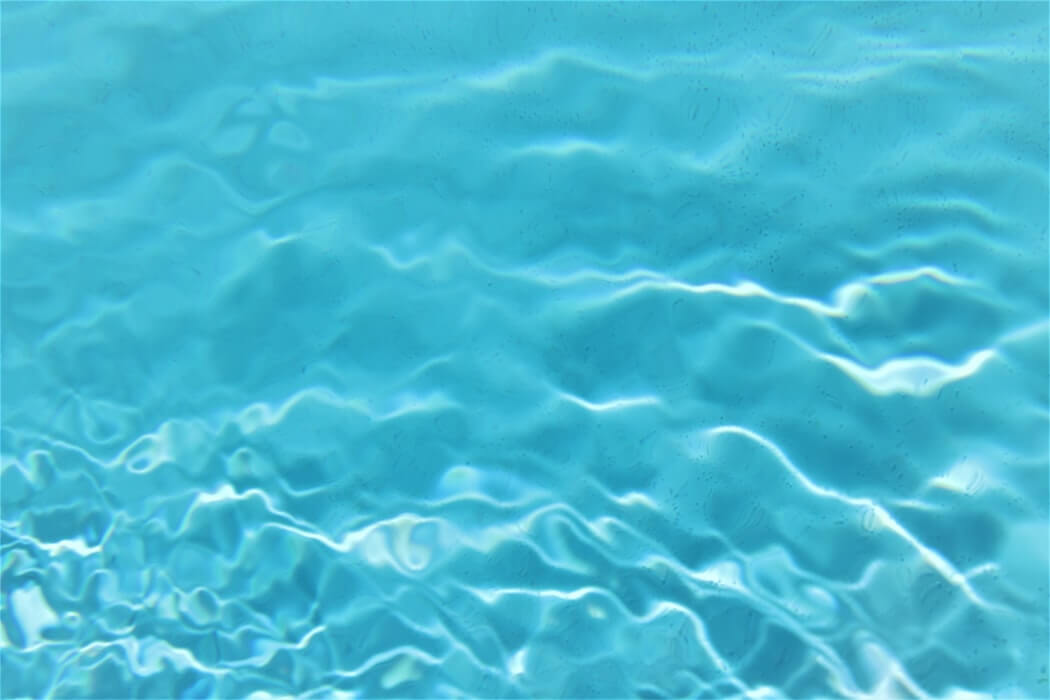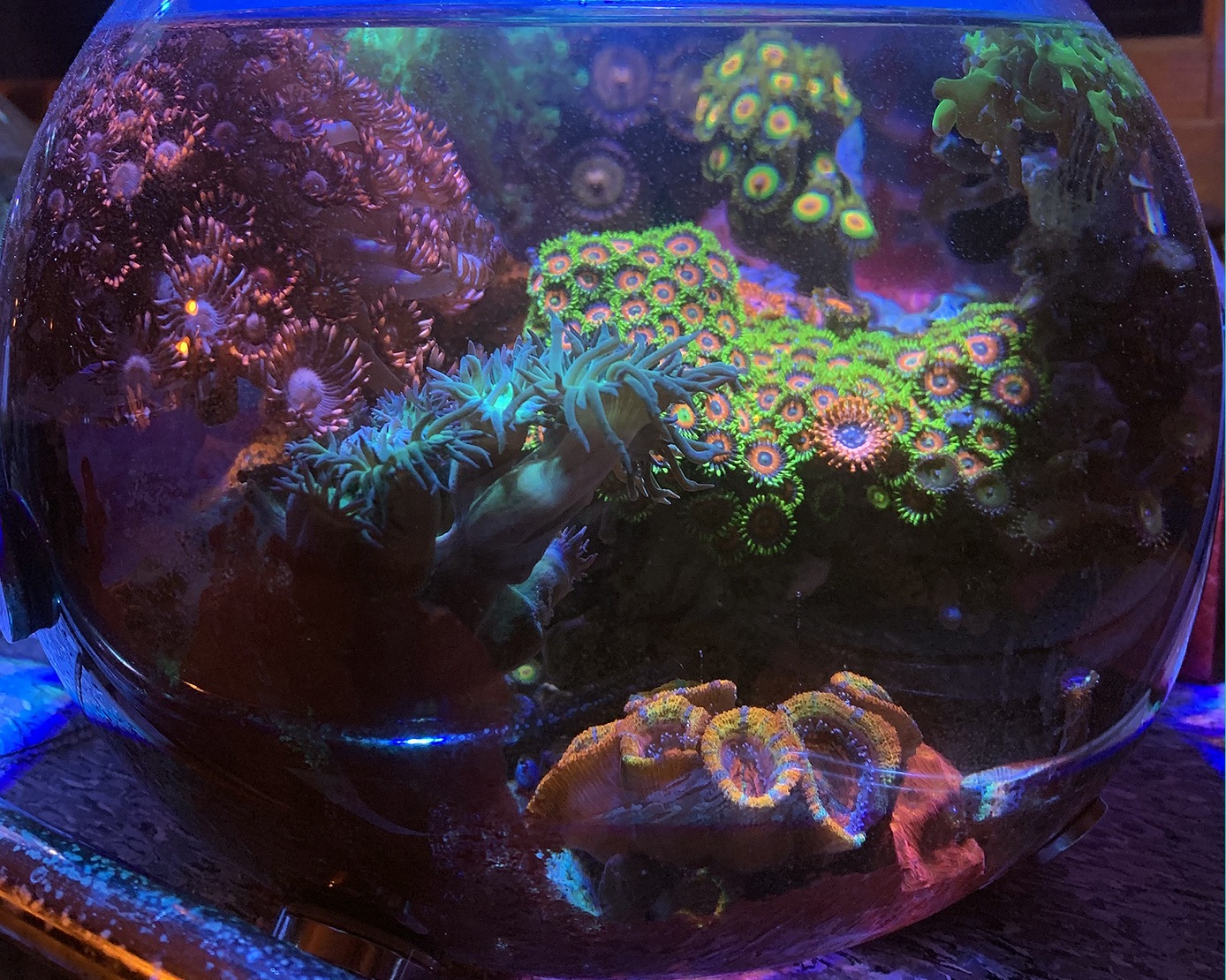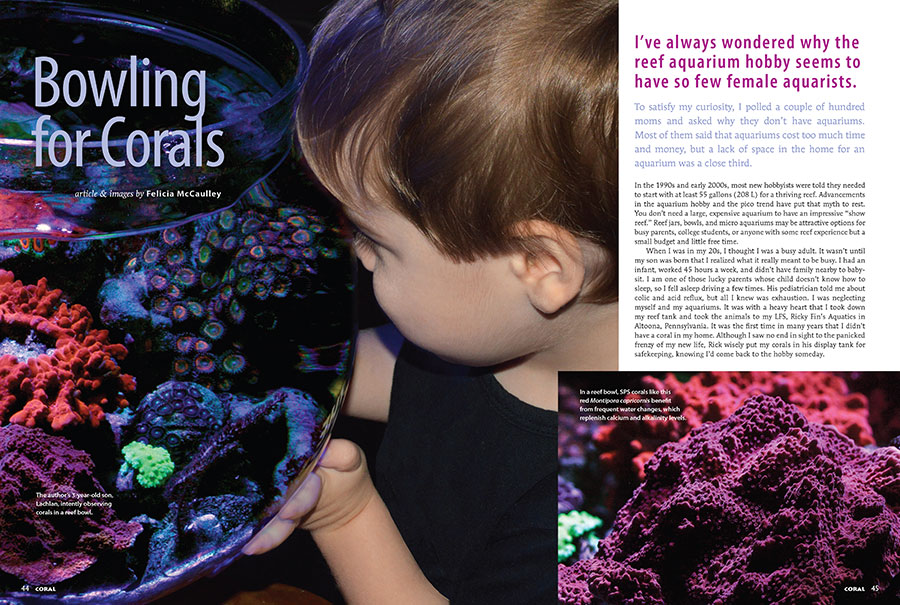Never mind

Is Hydrogen Peroxide safe in water? - Oxyl-Pro
One of a broad variety of water treatment chemicals, hydrogen peroxide is used as a disinfectant and biocide.
 www.oxylpro.com
www.oxylpro.com
What are the Benefits of Using Hydrogen Peroxide in Water?
Hydrogen peroxide works as a high-level disinfectant. It reacts very quickly, disintegrating into hydrogen and water without leaving any by-products. This process increases the amount of oxygen in water.The free oxygen radicals then decompose the pollutions, leaving only water. These free radicals will both oxidise and disinfect, and hydrogen peroxide eliminates proteins through oxidation.
It is used to disinfect drinking water due to its high oxidative and biocidal efficiency.
There are various benefits from using hydrogen peroxide as a disinfectant in water treatment:
- It leaves no trace of chemical residues because the peroxide decomposes fully
- It is biodegradable because it disintegrates into water immediately
- It removes any odours in water caused by hydrogen sulphide gas
- It cleans organic deposits from irrigation systems
- It is environmentally safe, as it does not pollute water or contaminate soils.



















